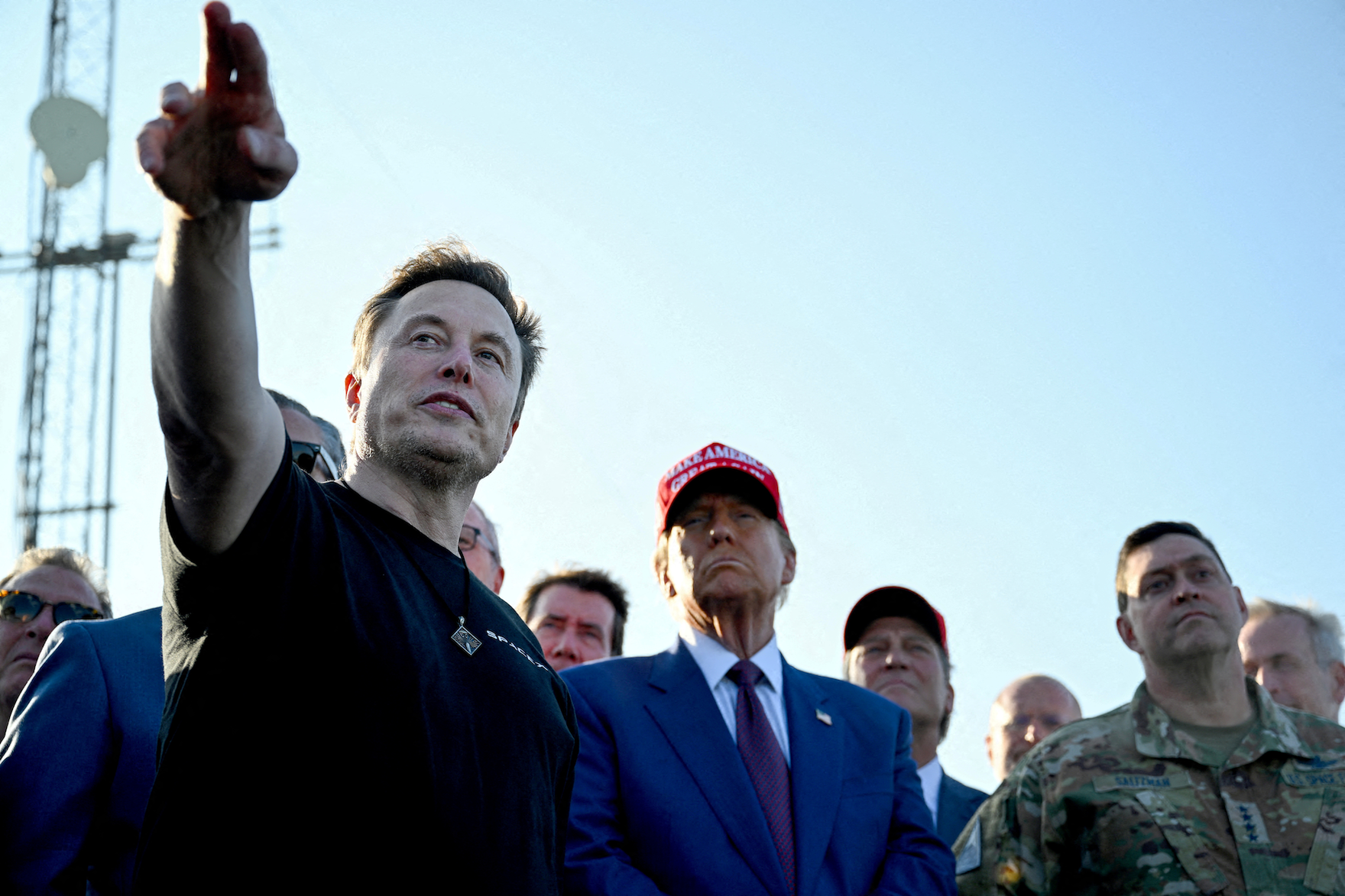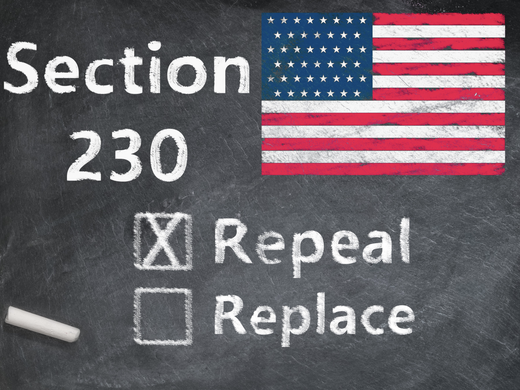The phrase, “Cometh the hour, cometh the man,” is often attributed to Sir Walter Scott’s novel Guy Mannering. To many of his followers, Donald Trump represents a symbol of hope for a nation in crisis. An unlikely political leader, President-elect Trump and his motley crew of tech-savvy billionaires now find themselves responsible for administering a rapidly disintegrating US-led order. Trump’s first term was marked by escalating trade wars, bombastic rhetoric and civil unrest. In his second term, Trump looks poised to shatter the country’s torpid institutions.
For much of the past century, the United States has been a global leader in technological innovation, thanks in no small part to its enormous military-industrial complex. Over much of that same period, America’s government has become mired in bureaucratic inertia. In the wake of Trump’s efforts to break the “deep state,” this could all change. Trump’s determination to “drain the swamp” could mean that America’s tech sector will be the big winner in Trump 2.0. Indeed, Silicon Valley is likely to be key to overhauling the country’s antiquated government.
When Trump was first elected president in 2016, the collective mood in Silicon Valley was, at best, skeptical. Trump’s rhetoric of nationalism, protectionism and “America First” clashed with the cosmopolitan idealism that animates the tech industry. But crisis breeds opportunity. As Chinese firms have begun to move up the global value chain, US tech leaders are coming to see the value of supporting Trump’s America. Taken together, Elon Musk, Peter Thiel, Marc Andreessen, David Sacks and Eric Schmidt signal an ideological shift in Silicon Valley.
The Big Winner
The tech industry thrived under Donald Trump’s economic policies during his first term, even as it opposed much of his rhetoric on social issues. Deregulation, tax cuts and pandemic-driven demand propelled Silicon Valley to unprecedented heights, solidifying its position as a cornerstone of the global economy. Trump’s 2017 Tax Cuts and Jobs Act slashed the corporate tax rate from 35 percent to 21 percent, providing a significant windfall for tech companies. Apple, Google and other Silicon Valley giants — already among the wealthiest corporations in the world — were unbound, free to invest in stock buybacks, corporate acquisitions and infrastructure spending.
So what’s in it for Silicon Valley this time? By partnering with the Trump administration, big tech likely hopes to automate much of the public sector while creating new revenue streams for growth. Public institutions are notoriously slow to adopt new technologies. Rigid organizational practices coupled with an incentive structure that rewards stability over change has left the US government decades behind in service delivery. Without a fresh approach, Trump 2.0 risks deepening hostility toward government.
Notwithstanding Silicon Valley’s voracious appetite for profit, its expertise in software automation could radically transform how America’s government functions. From tax filing to health-care administration to national defence, America’s government operates like a relic of a bygone era. Navigating public systems in the United States is often an exercise in frustration: cumbersome websites, tedious paperwork and convoluted processes. In fact, many public services today still operate on technology that is no longer taught in universities or used by leading tech firms. To offer only one small example, the US government still uses COBOL — a programming language from the 1960s — for managing critical operations.
Transforming Government
The truth is that the United States is at a crossroads. China’s rise in the tech sector is making many American leaders nervous. As competition with China escalates, big tech’s investment in national security and defence has begun to surge. China’s strategic focus on “civil-military fusion,” alongside investments in telecommunications, robotics and semiconductor manufacturing, means that US planners are being forced to re-evaluate America’s aging institutions.
Plagued by outdated infrastructure and partisan gridlock, government in the United States has become a simile for incompetence. America is among the most indebted countries in the world. US public debt now makes up one-third of all global government debt. Debt servicing alone costs the US taxpayer more than the country spends on national defence. This structural waste not only erodes public trust but also impedes the capacity of the United States to solve its enormous problems.
Unfortunately, large-scale transformation requires significant investment and bipartisan support — two things that can be hard to find in Washington, DC. Nonetheless, there is one area in which both parties find common ground: military spending. At the recent Aspen Security Forum, Vivek Ramaswamy said that he wants the US Department of Defense to move away from legacy programs and shift spending to drones and hypersonic missiles. As Silicon Valley increasingly becomes a pillar of national security, the seamless convergence between big tech and the military-industrial complex will inevitably spill over into redesigning America’s public institutions.
As former Google head Eric Schmidt warns, the struggle to modernize government is about more than efficiency — it’s about national security. Large public enterprise systems are notoriously vulnerable to cyberattacks. Recent advancements in encryption, zero-trust architecture and artificial intelligence-driven threat detection could fortify government infrastructure against hostile actors. There is no doubt that Silicon Valley could remake government. The only real question is whether the tech industry can be trusted with advancing the public good if it conflicts with Silicon Valley’s bottom line.



